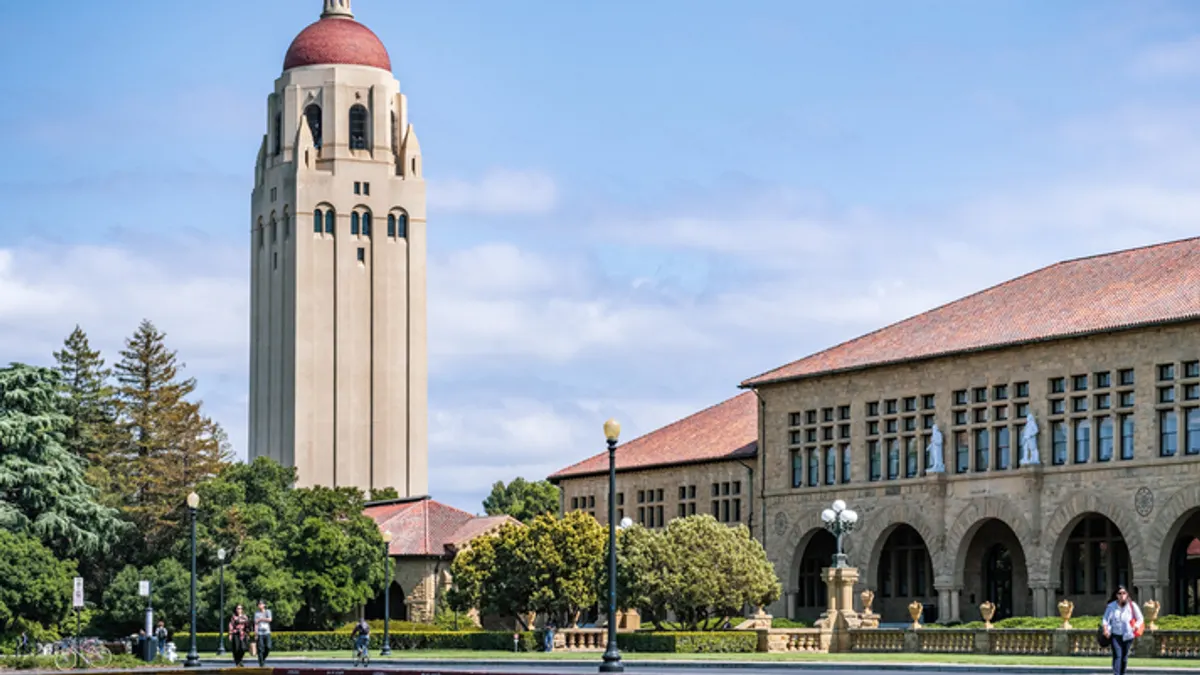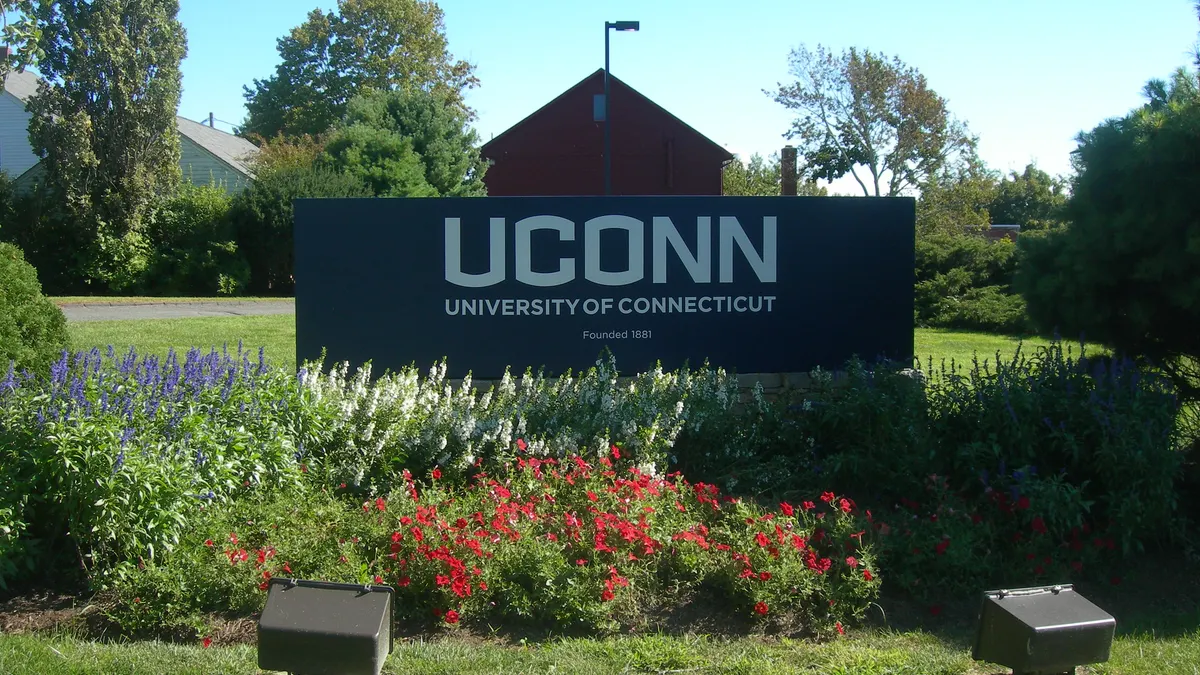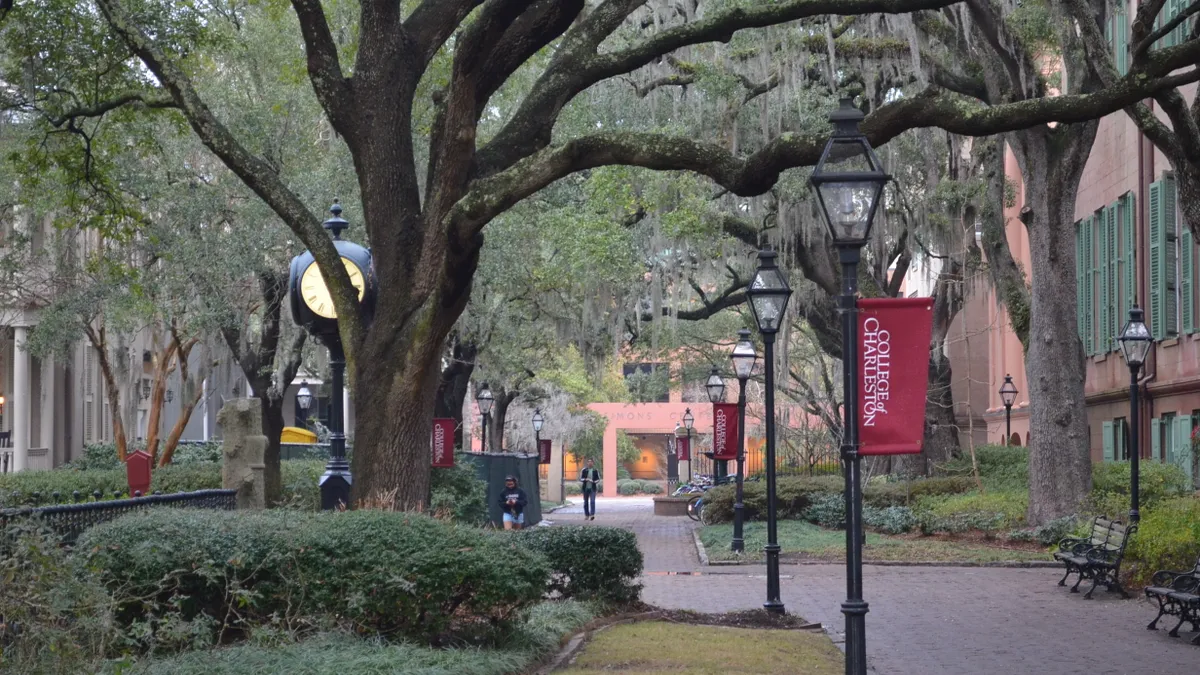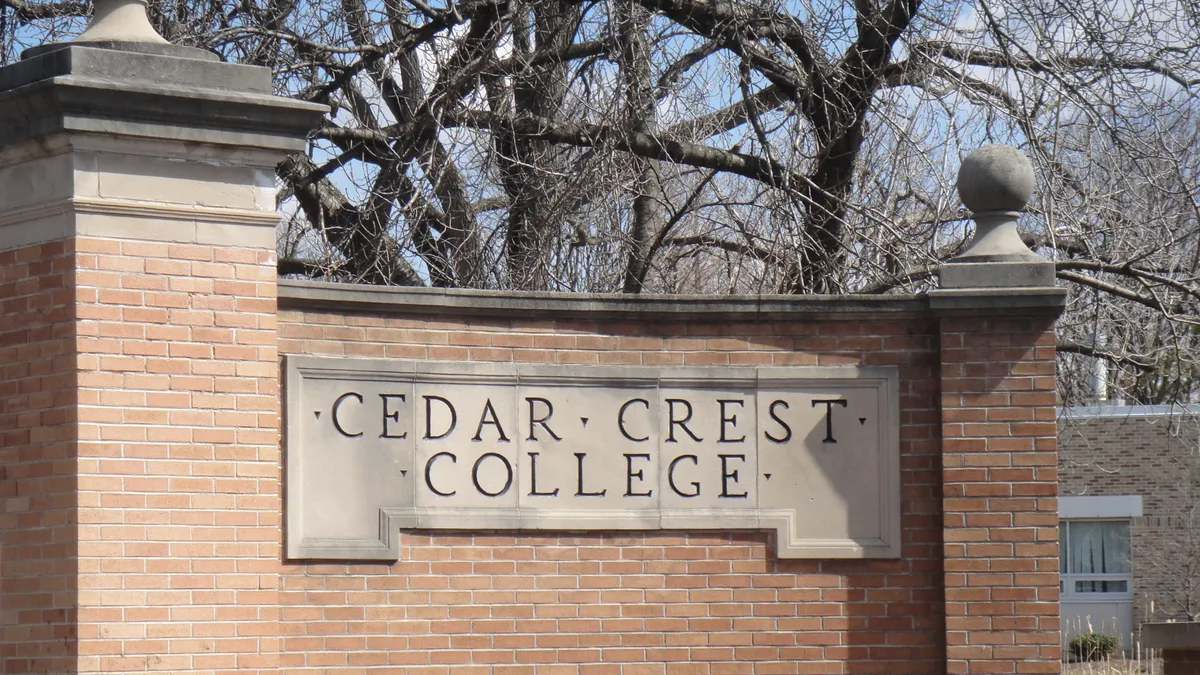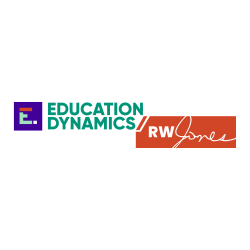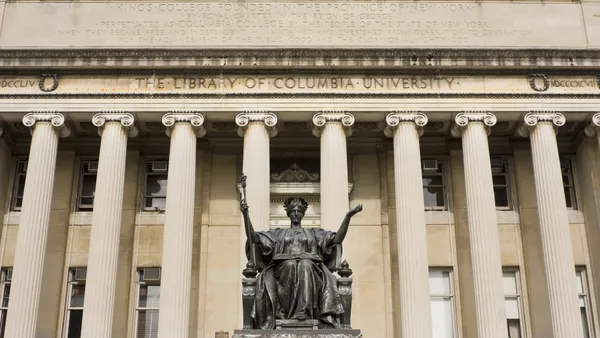Dr. Nathan Long is the president of Saybrook University, a private graduate institution in Pasadena, California.
A college education in the 21st century must include clear, intentional, ongoing and challenging discussions on justice, diversity, equity and inclusion. Institutions that don’t fulfill this vision do their students a profound disservice.
That’s because the next generation of American leaders, professionals and citizens must understand our country’s diverse and evolving landscape if they want to be effective professionals and engaged community members after graduation.
Discussions of diversity are not “nice-to-haves.” They sit at the core of what it means to be an institution of higher learning.
At Saybrook University, we seek to build a more socially just, sustainable world by educating humanistic leaders to transform their fields and communities. To do that, students engage with different perspectives and priorities and learn how to make connections and solve problems in real time. This is how the critical and difficult work of the world gets done. People coming together, finding a common purpose and working towards it.
Institutions of higher education should use their varied curriculums and communities, which are full of diverse experiences, as a major selling point to prospective students. Yet there is a troubling chasm between public universities and independent colleges on diversity and issues of race.
Every facet of campus life that can help expand a student’s or community’s perspective on difference — race-conscious curriculum, diversity training, equity-focused initiatives highlighting systemic inequalities — is under siege from political leaders with an agenda to advance (and a straw poll in their sights).
More than three dozen anti-DEI bills have been introduced around the U.S. this year, at least seven of which have passed, according to The Chronicle of Higher Education’s count. Those have placed myriad restrictions on university curricula and DEI programs more broadly, and they have already begun eroding some of higher education’s most essential tenets.
This movement from a growing number of state governments, school boards, and state education departments dovetails with calls to dismantle efforts to diversify our nation's campuses. Just recently, the Supreme Court ruled race-conscious admissions unconstitutional.
Who we educate in our classrooms is as important as what we teach them. We need a multiplicity of backgrounds to fully engage with what “learning across difference” means.
If state institutions are muzzled by political forces, independent colleges need to step in and serve the public, leveraging different perspectives and backgrounds to advance these conversations.
I cannot state this more clearly: America’s longstanding reputation as a global leader in higher education is at stake.
The world is more connected than ever, and the U.S. demographic landscape is shifting rapidly away from being a majority-White nation. To pretend that students can avoid the topic, or the experience, of diversity and equity is willful ignorance.
Colleges and universities should break down barriers at every opportunity to ensure they serve the broadest possible cross-section of their community and provide them with the most robust education they can, supporting their growth as citizens — nationally and globally.
Diversity cannot be a static or settled thing. A leader’s understanding of it, and a community’s investment in it, needs to constantly evolve. And that evolution requires participation.
Valuing diversity cannot simply be captured in a mission statement in a student handbook. Students, administrators and faculty must collaborate to make diversity and equity a priority — as well as to have conversations about the implications of their absence.
For instance, at Saybrook, our Justice, Equity, Diversity and Inclusion Council strives to create a culture that celebrates and engages with students from all backgrounds. The JEDI Council is currently conducting an analysis to identify and remove exclusionary language from our materials, as well as evaluating the effectiveness of toolkits to help hire more diverse candidates.
Our institutional investments in these initiatives are investments in our students. That is what higher education is meant to do.
Diversity is not at odds with higher education. It sits at the very heart of why higher education is so important.




